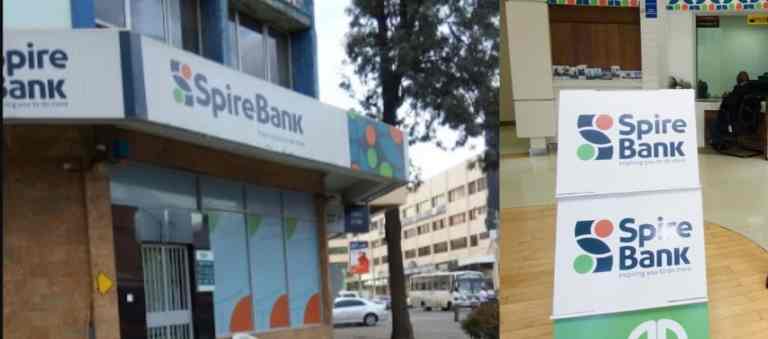Operational reporting provides managers and other decision-makers information to help them run their businesses. The purpose of operational reporting is to improve performance by providing insights into what is happening in the business and highlighting areas where changes need to be made.
Operational reporting is a critical part of any business. It provides insights into the company’s inner workings and can help identify areas for improvement. Keep reading to learn about the different types of operational reporting.
What are some examples of operational reporting?


Operational reporting is the process of communicating key performance indicators and events to decision-makers to allow them to make informed choices. They usually focus on the operational aspects of an organization, such as sales, production, or customer service.
There are many operational reports, but some of the most common include sales, production, budget variance, and customer satisfaction surveys.
Sales reports are a compilation of sales data for a given period. The data may include total sales, sales by product line, region, customer sales, etc. Sales reports can be used to track current sales performance, identify trends, and spot areas for improvement.
Production reports track the progress of a production schedule. The report may include the number of units produced, the time it took to produce the units, and the number of defects. Production reports can help identify bottlenecks in the production process and help improve efficiency.
Budget variance reports compare the actual budget to the actual results. The report will show variances between the budget and the actual results. This report can help identify areas where money was either over or under-spent.
Customer satisfaction surveys ask customers about their satisfaction with a product or service. Customer surveys can help identify areas where improvements can be made.
What is the timing of operational reports, and why is it important?
The timing of operational reporting is important because it allows managers to make timely decisions about how to respond to changes in the business environment.
Operational reports can include data on the current state, trends, and exceptions. Current state reports show the current state of affairs for a particular aspect of the business. Current state reports can help managers see what works well and need improvement. Trend reports track changes in data over time. Trend reports can help managers see if they are progressing towards their goals or need to change their operations. Exception reports identify situations that do not fall within the normal range for a particular aspect of the business. Exception reports can help managers identify problems that need to be addressed.
How is business intelligence used?
Business intelligence is the umbrella term for technologies and applications that allow organizations to collect, store, analyze, and report on data related to their businesses. Operational reporting is a subset of business intelligence that focuses on reporting data used to make operational decisions.
The purpose of business intelligence in operational reporting is to provide organizations with the information they need to make informed decisions about running their businesses. Business intelligence allows organizations to track performance against goals, identify areas of improvement, and make changes to their operations to optimize their businesses, and improve their bottom line.
What is a dashboard?


Dashboarding is a visual representation of data that allows users to see the big picture at a glance. The purpose of dashboards is to help people make better decisions by providing an overview of what is happening in their business and their industry. Dashboards are one of the most effective ways of operational reporting to consolidate information into a single view.
A dashboard typically contains graphs or charts showing how different aspects of the business are performing and links to more detailed reports. It can be customized to show information that is relevant to each user, so they can quickly see if there are any problems or areas for improvement. Dashboards can also be used to track goals and measure progress over time.





